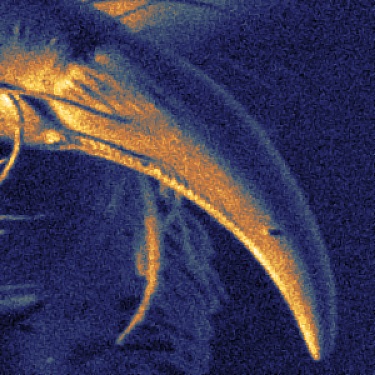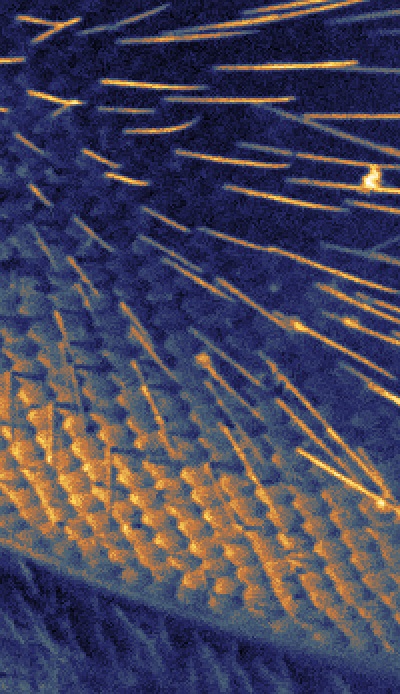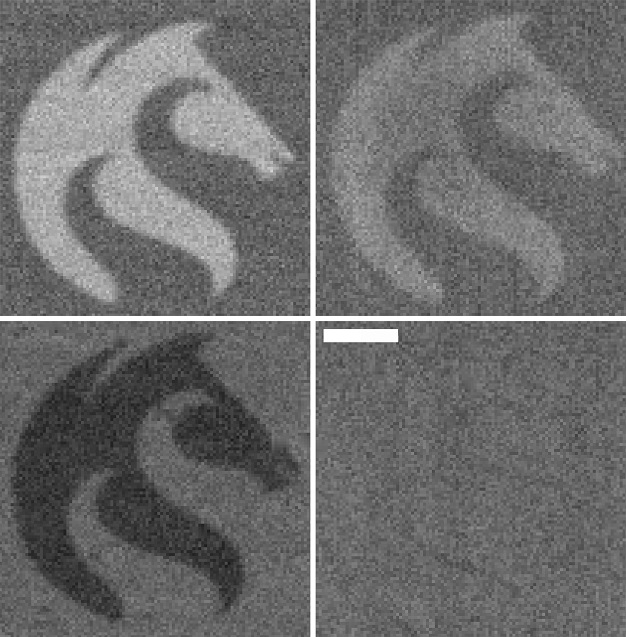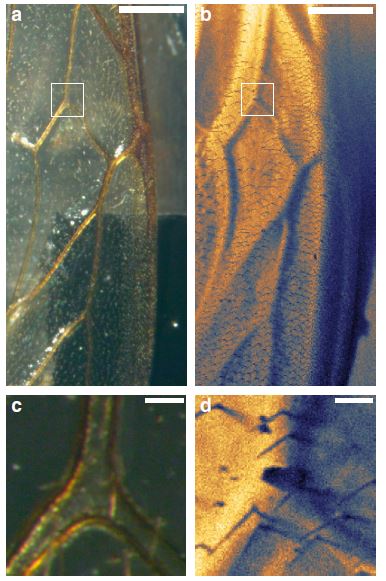World first microscope innovation
A breakthrough new microscope, two decades in the making, has been unveiled today, opening up a new window into the scientific world.
The scanning helium microscope (SHeM), developed by a team at the University of Newcastle (UON), led by Professor Paul Dastoor in collaboration with researchers from the University of Cambridge (UK), uses neutrally charged helium instead of light - which can destroy certain samples due to its electric charge, to allow delicate materials to be accurately imaged for the first time.

Professor Dastoor said the technology represented a major breakthrough.
“Delicate structures such as biological samples suffer degradation under existing microscopes, which means the very act of observation destroys or changes the properties of the samples we are trying to study - it’s quite a paradox.”

“Helium is able to image sensitive structures with zero damage as it is chemically, electrically and magnetically inert, allowing us to now study many surfaces for the very first time,” said Professor Dastoor.
The potential applications of the microscope are vast, some initial examples include:
Defence applications
Professor Dastoor says defence experts will be interested because the microscope gives a new insight into all kinds of materials, including modern surface science for the development of stealth technology and new explosives.
“Modern defence forces require new coatings and novel thin films in order to stay competitive in the age of electronic warfare.”
“The new instrument is an ideal tool for investigating new explosives and other high energy materials such as propellants and pyrotechnics that may become dangerously unstable if studied using existing microscopes.”
Medical/biology applications
For the first time in mankind’s history, the microscope will offer the ability to study human samples in their true, unmasked state.
“For instance, we’ve already been able to clearly see the actual structure of a membrane because the helium microscope gives detail not previously available. A traditional microscope sees straight through a membrane. We’ve been able to look at the actual structure.”
“The medical and pharmaceutical applications are very exciting. It will enable a new point of view for things like parasites, cell cultures and bacteria.”
Sustainability applications
Professor Dastoor said the technology may also offer significant benefits for sustainability and the solar energy industry.
“Under the energetic beams of traditional microscopes, many of the new solar cells suffer degradation or even wholesale destruction. The new technology allows us to observe and therefore optimize and progress solar cell technology.”
“The microscope also has vital applications for the automotive industry, such as the removal of carbon monoxide from exhaust gases. Additional sustainability applications include the investigation of nanoparticles as a means to clean up toxic or even radioactive spills without harming the surrounding flora or fauna.”
Tech applications
“We all know how fast technology is moving. Until now experts could not see electrical circuitry whilst it was running. Traditional electron microscopes cannot do that because the electrons put an electrical charge into the sample; changing the way it works. Using this technology we should be able to accurately see electrical circuitry whilst it is running and see clearly where the current is not flowing.”
“As the microarchitecture for integrated circuits continues to become smaller and smaller, thus enabling faster and more powerful electronics, reliable and safe imaging of the produced processors becomes ever more important.”
Chemical Fingerprinting
During their research, Professor Dastoor’s team were amazed to discover that their new microscope could also detect chemical differences; allowing them to distinguish between different materials.
“Incredibly, the microscope detects a unique ‘chemical fingerprint’; allowing us not only to examine the sample at a surface level, but also to know what substance that sample is, for example gold, nickel, platinum and so on.”
“This discovery could be significant for many industries. For example, in the electronics industry the ability to distinguish between apparently similar materials is crucial.”

“Excitingly, this technology could enable us to image circuits as they are working,” said Professor Dastoor.
Professor Dastoor said the next challenge for this game-changing technologywas to build a desktop version that could be used in laboratories world-wide.
“A smaller version of the SHeM opens the door to a new commercial Australian technology; allowing other scientists access to its unique imaging capabilities.”
Read the SHeM publication in Nature Communications
ARC funding helped support SHeM research.
Industry enquiries - contact Professor Dastoor
Related news
- Translating compassion: a linguist's commitment to social inclusion
- Injury to aid: brain trauma prompts vow to help students prosper in special education
- A gift of life inspires a future in science
- Life-changing pathway delivers first doctors as graduations cap off 60th year
- Scientists find a fast, new way to recover high-grade silver from end-of-life solar panels
The University of Newcastle acknowledges the traditional custodians of the lands within our footprint areas: Awabakal, Darkinjung, Biripai, Worimi, Wonnarua, and Eora Nations. We also pay respect to the wisdom of our Elders past and present.
